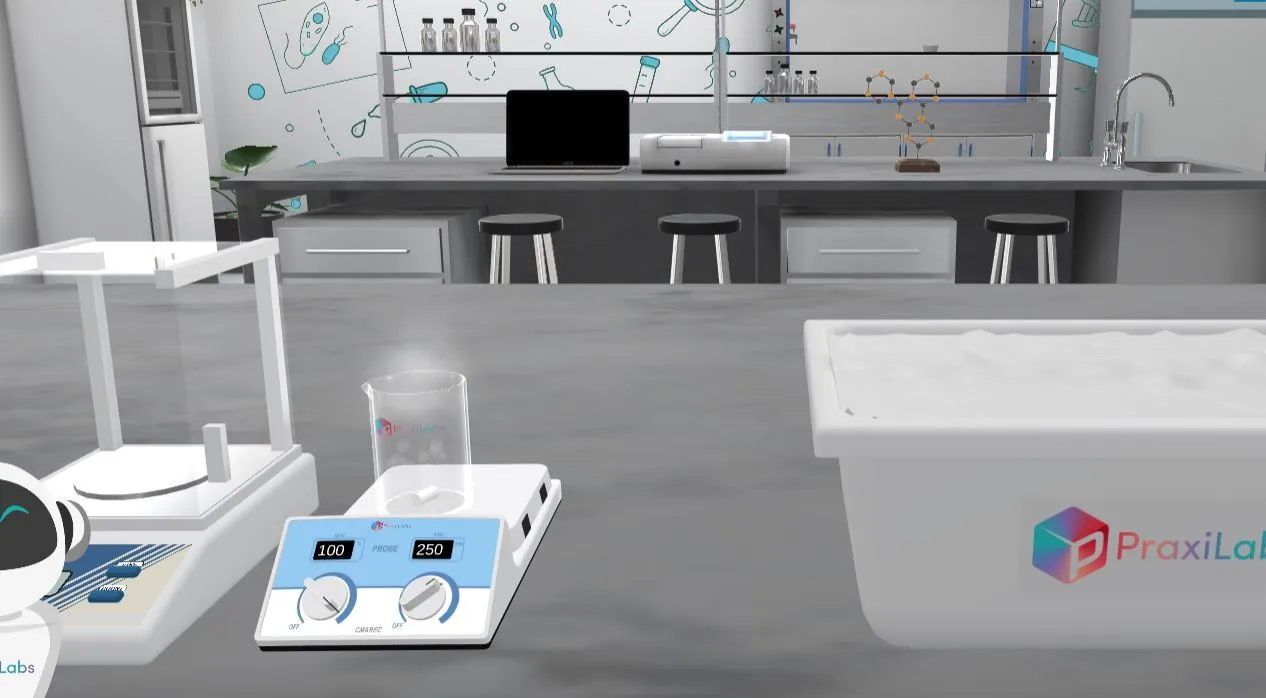





2.5M+
Active Users Worldwide
80%
Improved Learning Retention
60%
Reduction in Laboratory Costs
Nitration of Aromatic Rings.
Electrophilic substitution reaction is used for nitration of methyl benzoate as aromatic ring using nitric acid in presence of sulfuric acid producing nitro methyl benzoate.
Schematic illustration of Electrophilic aromatic Substitution reaction
Electrophilic nitration reaction of benzene ring
Mechanism of Action:
-COOCH3 group on the benzene ring possesses two effects on the precession of the reaction.
The overall reaction of nitration of methyl benzoate experiment can be demonstrated as follows:
Mechanism Nitration of methyl benzoate forming nitro methyl benzoate




